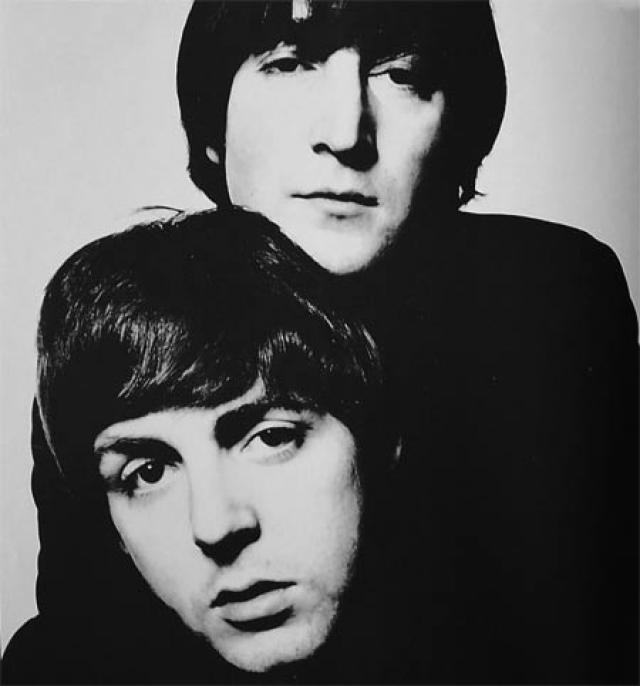 Lennon and McCartney, Buffett and Munger, Jobs and Wozniak, Watson and Crick—how creative pairs come together and create together and why greatness so often arrives in two’s.
Lennon and McCartney, Buffett and Munger, Jobs and Wozniak, Watson and Crick—how creative pairs come together and create together and why greatness so often arrives in two’s.
We have long been under the influence of the myth of the lone genius that toils in isolation and one day emerges with the brilliant creation. But if you dig deeper, you’ll find that a great achievement—the groundbreaking scientific discovery, work of art or technological breakthrough—is often the result of two individuals who come together as a pair to form a joint creative identity.
In his new fascinating and meticulously researched book, the Powers of Two, Josh Wolf Shenk writes about dozens of creative dyads. Shenk’s analysis of the inner workings of some of the world’s most famous creative pairs—why some work and others don’t and why some that once worked, break apart—is a goldmine of information for any two people wanting to become the next John and Paul or Jobs and Woz.
Even though he spent six years writing and researching his book, Shenk told us, he’s been astounded to find that the creative dyad phenomenon is even more widespread than he thought. “Ever since the book came out, people have been contacting me with stories of famous collaborators,” he said, “when all along I had thought it been just been the one guy.”
Here are Shenk’s four steps of the creative dyad life cycle: Continue reading “Seeing Double, What We Can Learn from Dynamic Duos”

